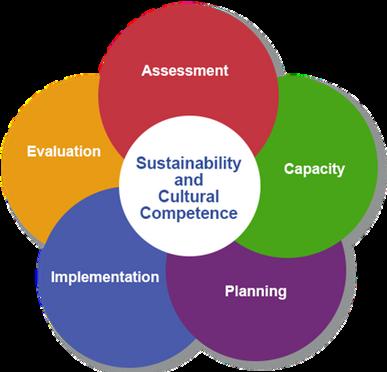
1 minute read
Select, Implement, and Evaluate Effective and Equitable Policy and Program Strategies
With equity integrated into the Three “E’s” approach, IVP programs using the framework would acknowledge SDOHs such as social contexts, education and literacy, and income as they develop and implement interventions that are appropriately tailored to the community. For example, in an economically marginalized community, equity could be incorporated into an intervention by providing appropriate low-cost child safety seats (CSS) and free CSS installation classes and inspections to all community members.
To ensure that interventions are strategically selected to achieve equitable outcomes, several frameworks can be utilized, several of which are highlighted below.
Advertisement
As seen in Figure 3, the Substance Abuse and Mental Health Services Administration’s Strategic Prevention Framework consists of five steps: Assessment, Capacity, Planning, Implementation, and Evaluation. Assessment is the process of gathering and analyzing information regarding needs and resources to gain an understanding of the scope and context of the problem. Quantitative and qualitative methods, archival statistics, and first-hand anecdotal data from local sources should be included. Capacity needs to be developed to carry out a comprehensive community plan to address the local conditions and root causes for that need. Planning is the process of developing comprehensive, logical, data-driven plans, using current capacity to target conditions identified through the assessment phase. Implementation includes best practices that fit the community but stays true to the research basis of the intervention. Lastly, evaluation gives further opportunity for organizations to improve their work, coordinate more effectively, and be accountable to participants, funders, and the community.



